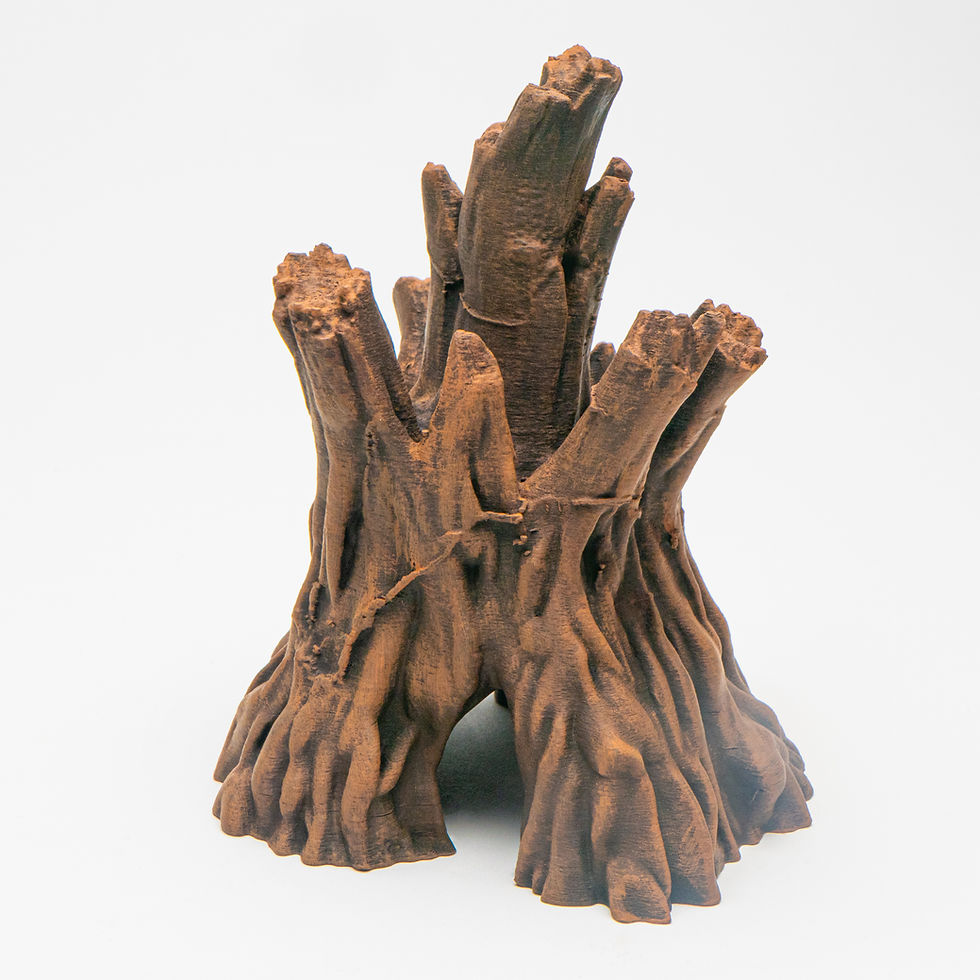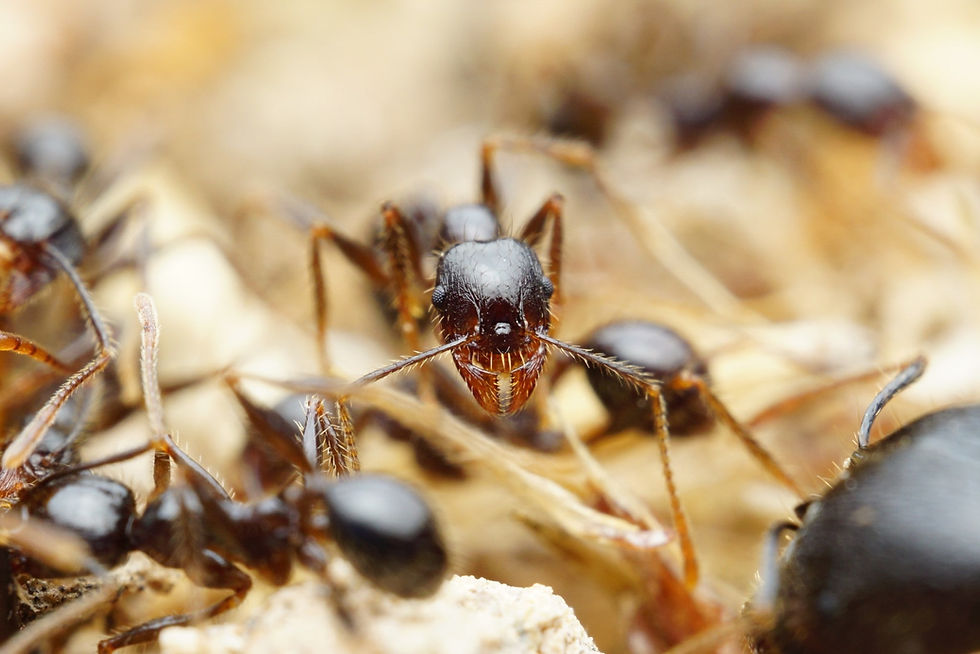Pseudoneoponera rufipes is a species of ant in the subfamily Ponerinae. It was previously known under names like Ponera rufipes and Pachycondyla rufipes, but today it is placed in the genus Pseudoneoponera. The species is native to southern and southeastern Asia — including India, Sri Lanka, Nepal, China, Thailand, Laos, Malaysia, and Indonesia. Workers are relatively large for ponerine ants, usually measuring around 14–16 mm. They are mostly black to dark brown, with reddish shades on the legs, mandibles, and sometimes the abdomen. The body has a rough, matte texture.
A remarkable trait of this species is its ability to produce a foamy secretion from its sting and venom glands, which is used as a defensive mechanism.
Pseudoneoponera rufipes
-
Habitat & nests
These ants nest in soil and leaf litter, often creating simple tunnels with a few chambers just below the surface. They are typically found in tropical and subtropical forests. -
Feeding behaviour
They are predatory and hunt small arthropods and invertebrates, though they may also scavenge. Foraging usually occurs on the forest floor and in leaf litter. -
Colony size & structure
Colonies are moderate in size, ranging from a few dozen to a few hundred workers. In addition to queens, colonies may also include gamergates — workers capable of reproduction. -
Defence
When threatened, they release a foamy secretion that deters enemies and helps protect the colony.
-


































